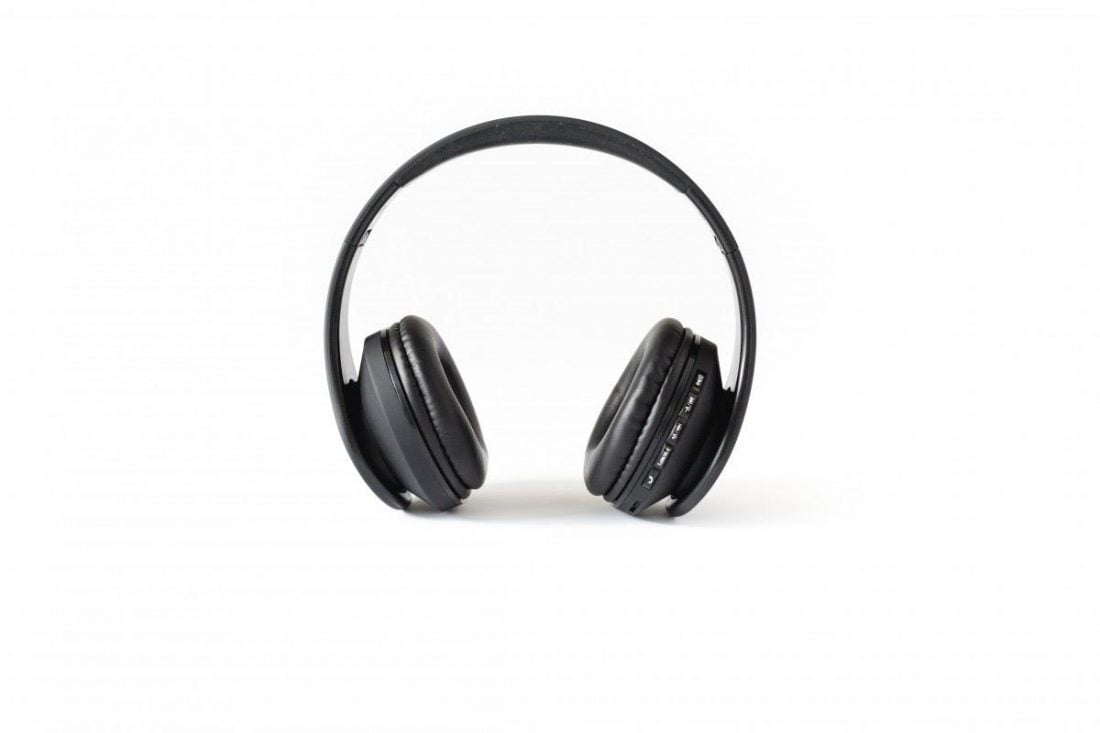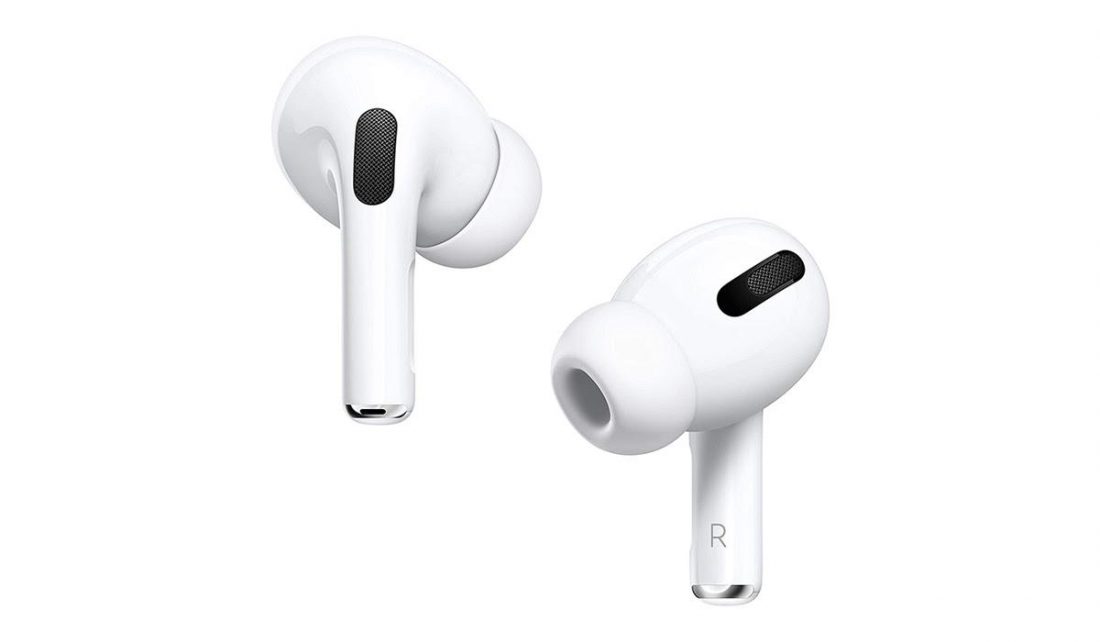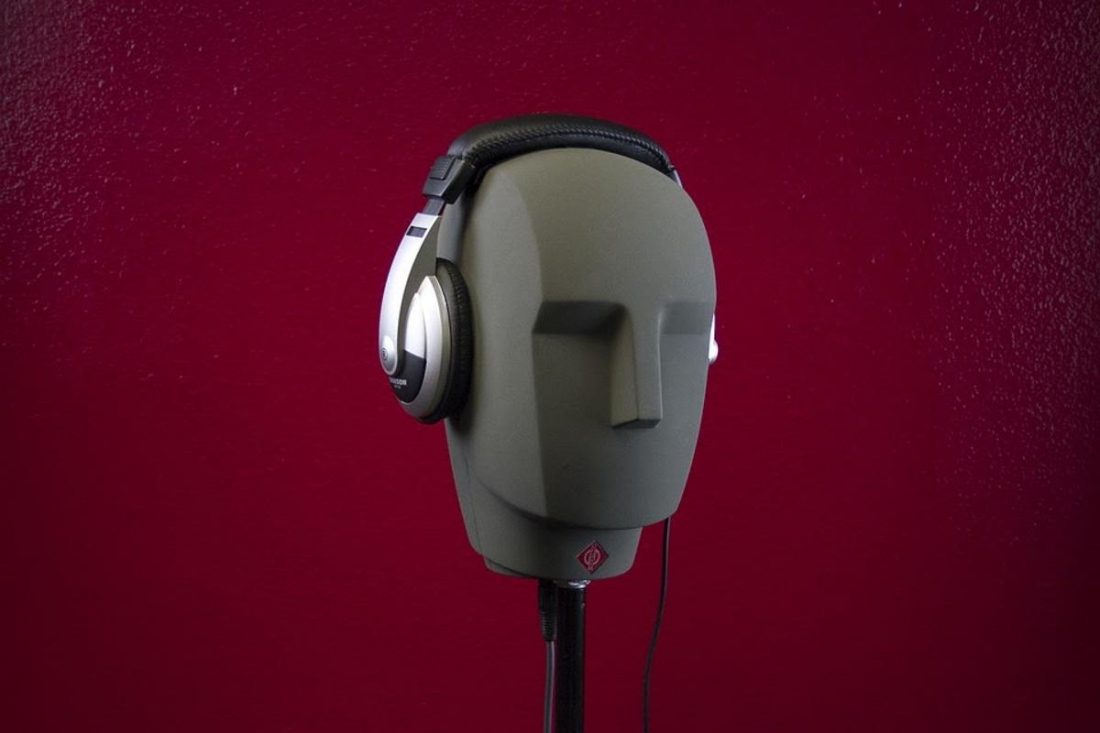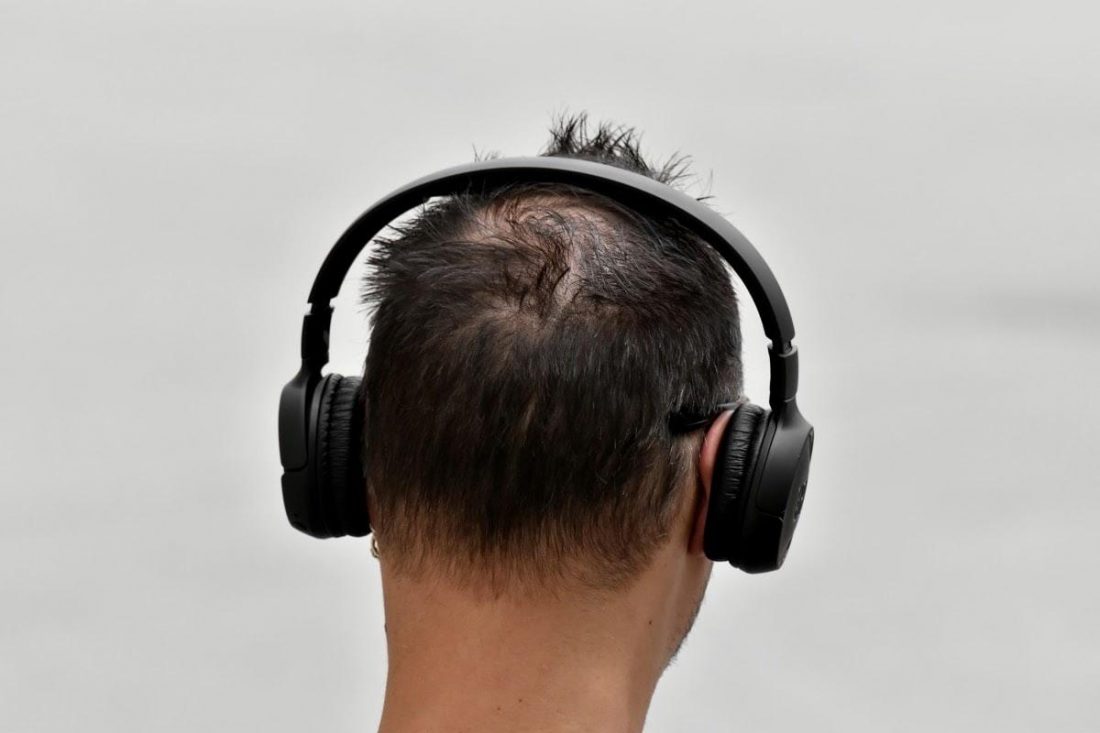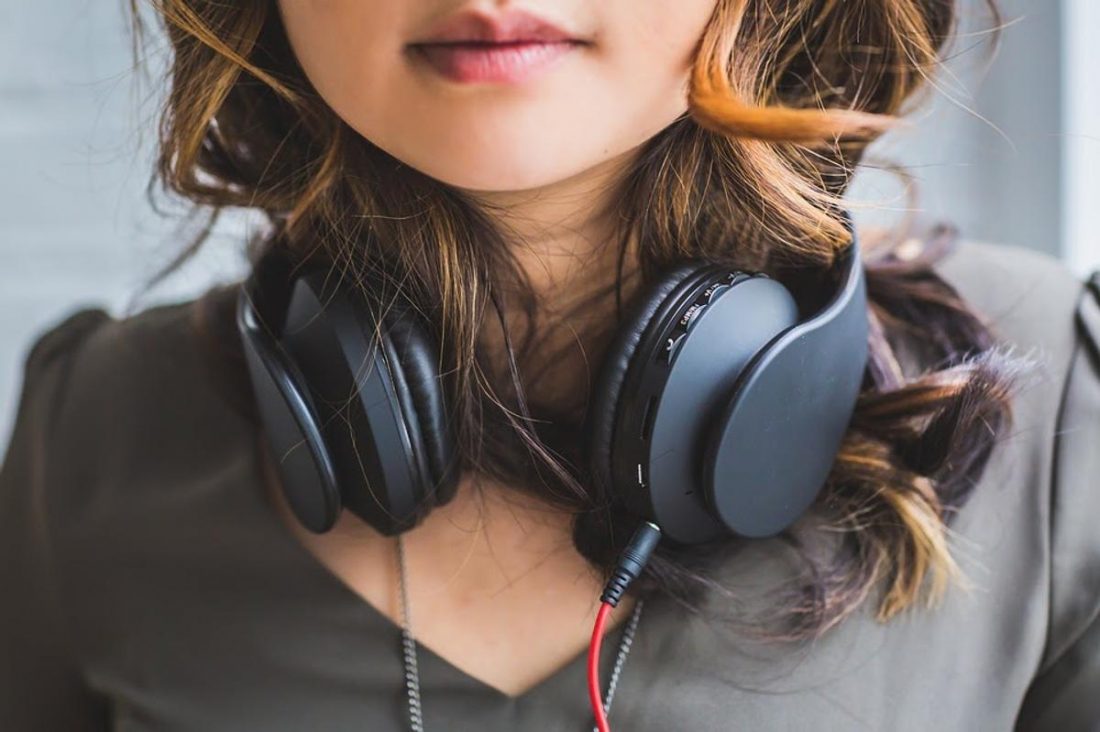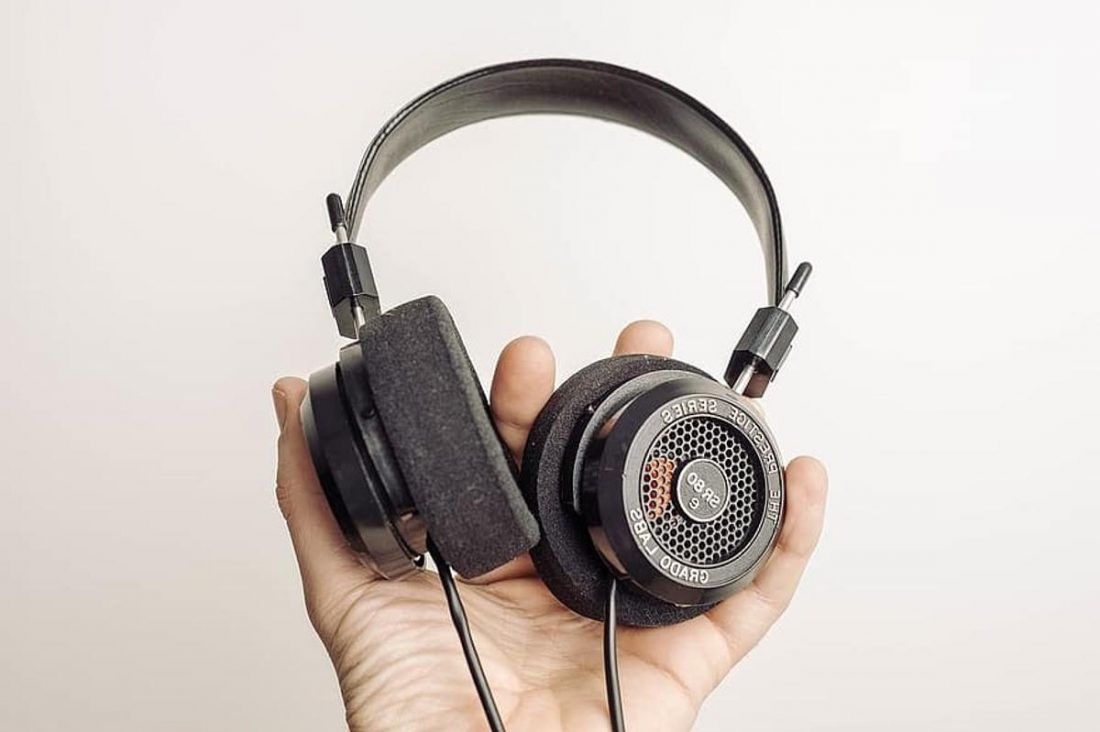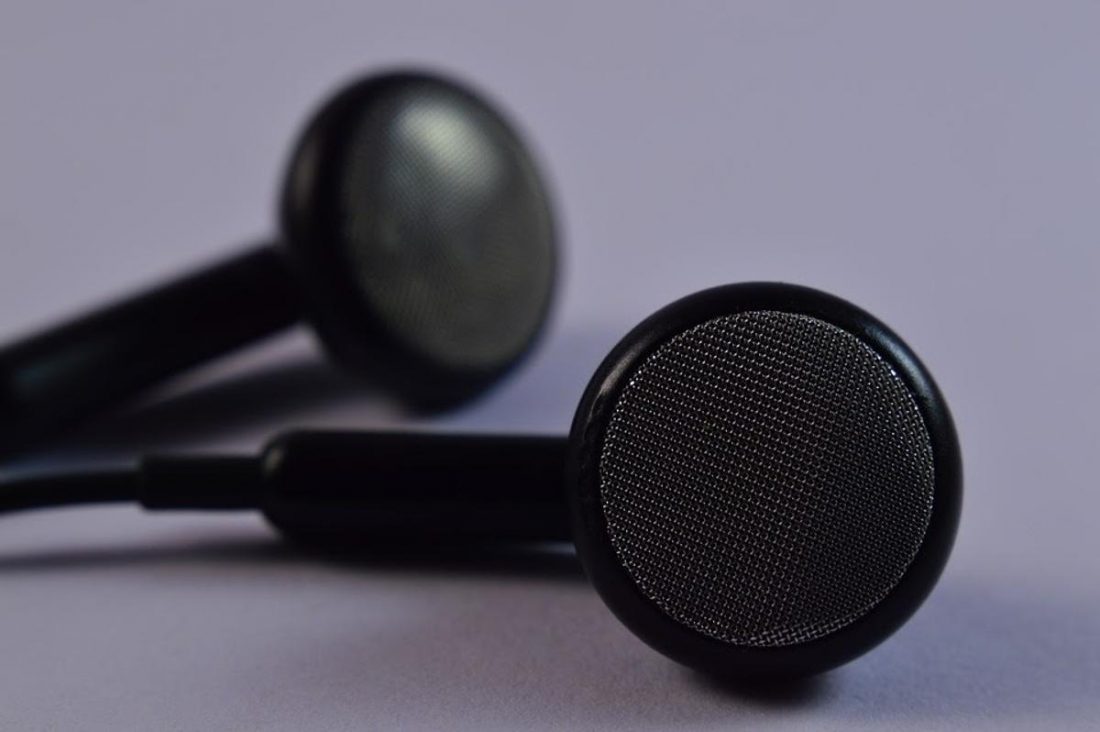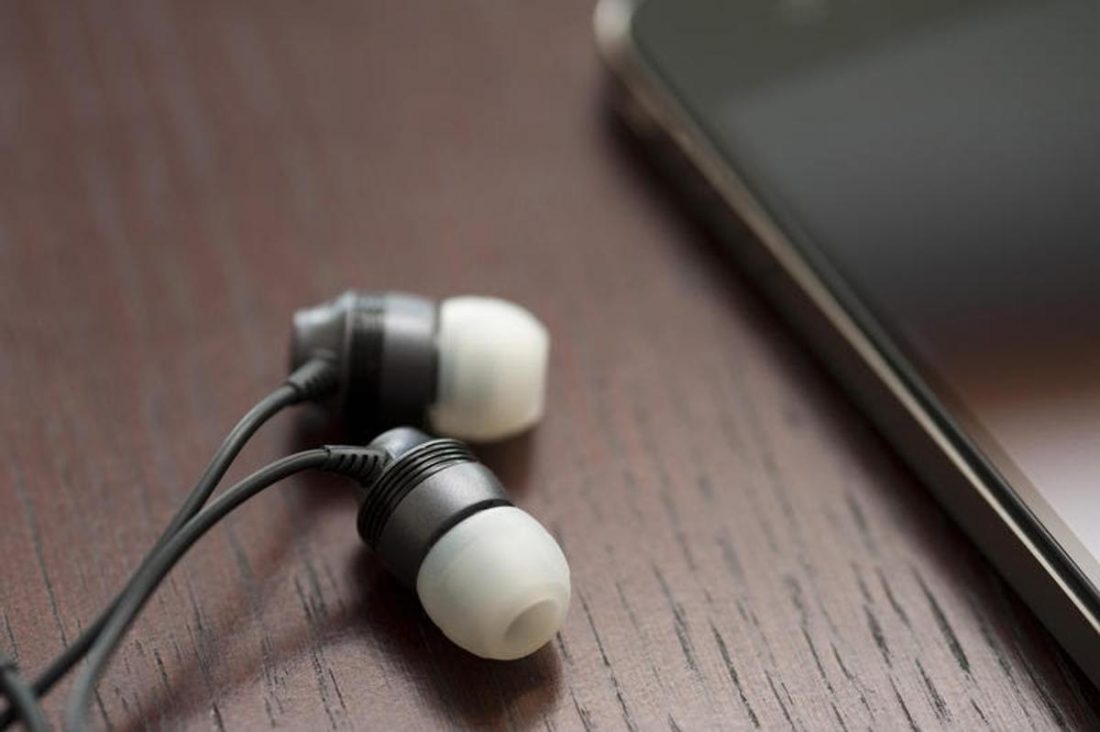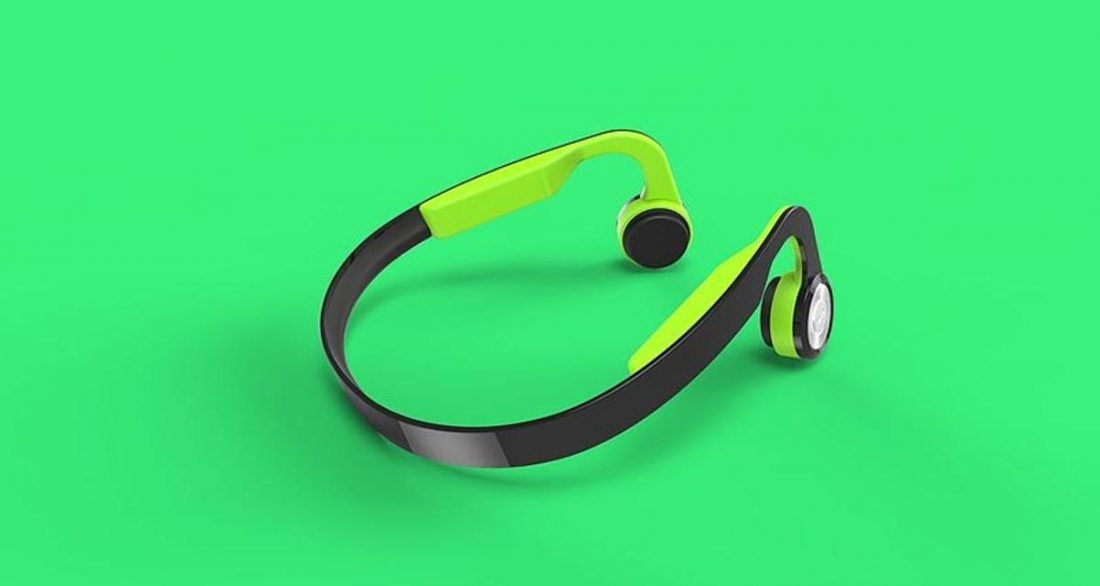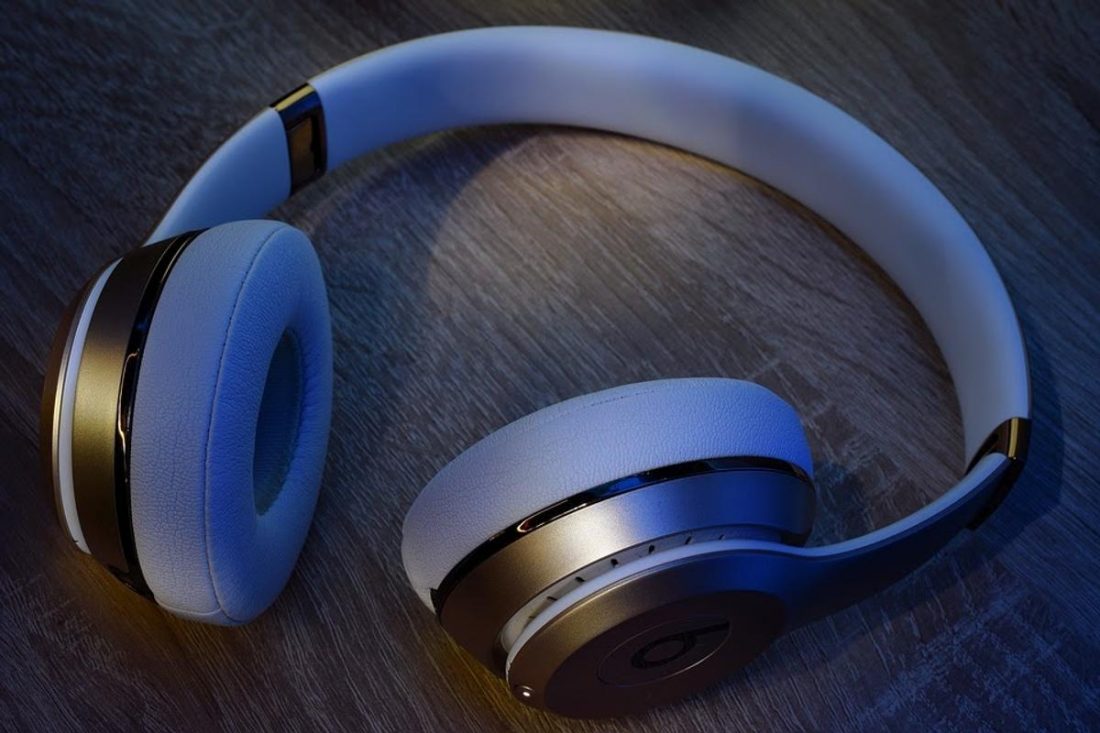The audio industry has grown to become a large field running with all sorts of brands from the big luxurious names to the small but high-quality ones. For people like us, the whole headphone market is one big maze. This is why it’s important that we know the different types of headphones — or at least the ones that you will be needing. Choosing one is easier said than done, though. You would often go around in circles just picking the right headphone to buy. Lucky for you, this is what we’ll be tackling today. After reading through this, you would be able to assess and buy the right headphones. So, let’s get started!
Headphones vs Earbuds
First things first, we need to differentiate headphones from earbuds. Though technical in nature, knowing the differences between these two is important. This is especially when categorizing the actual products that you’ll be picking. This will give you a better appreciation of these two general types. I’m saying “appreciation” because when it comes to these things, one is not necessarily better than the other. It all boils down to which one is more suitable for you.
Headphones
Headphones are basically loudspeakers that you wear around your head. As you may have guessed, this is the reason why they are called headphones. The basic structure consists of two separate speakers (one for each ear) connected by material or a bridge that goes over your head.
Earbuds
On the other hand, earbuds are directly worn in the ears. Some products have special design considerations to improve fit or grip on our ears.
Four Types of Headphones
Headphones are further divided into two types of categories. First up, they can be divided based on their fit and their general form factor. Second, they can be divided depending on their ear cup design. For the first type of division, we have over-ear and on-ear headphones. For the second kind of division, we have closed-back and open-backed headphones. We’ll get up close and personal with all these four types in the coming sections so buckle up!
Over-Ear Headphones
As its names suggest, over-ear headphones cover your whole ear. Think of it as two cups that are actually enclosing each of your ears. With this, they are perhaps the biggest type of headphones that you can get today.
Advantages of over-ear headphones
Comfortability: This is one of over-ear headphones’ biggest advantages. Due to the size of each headphone, manufacturers can line in as much foam as they can. This provides a very comfortable cushion for maximum comfort. Sound Quality: Due to the conventional size of the headphones again, sound engineers have a lot of room to add in parts and chips to make tones crisper. This makes over-ear headphones the go-to for those who are very particular when it comes to quality. Noise Isolation: Have you ever been inside a soundproof room? Well, that’s what wearing over-ear headphones feels like. All that sound and all that quality are locked up inside each headphone only for your ears to hear. This is made possible by the thick foam lining and positioning of the actual product.
Disadvantages of over-ear headphones
Portability: The size of over-ear headphones is the source of their biggest pros. However, its massive build is also where one of the headphones’ disadvantages come from. Over-ear headphones are the bulkiest of all headphones so it may not be the best one for people on the go. Cost: Remember the parts and chips we talked about earlier? Well, they’re not exactly cheap. Producing cutting edge technology to improve sound quality is both extensive and expensive.
Who should buy over-ear headphones
Over-ear headphones would benefit those who wear glasses. These headphones press around the area of the ears instead of the ears themselves. So there would be less pressure on the temporal bone and ear cartilage. Simply put, it won’t hurt the area where you put your glasses. Over-ear headphones are also recommended for those who are fond of noise-cancellation. These headphones are known for this particular feature and it is almost unique to them. Whether it be active or passive, over-ear headphones are your best bet in blocking noise.
On-Ear Headphones
On-ear is the second category you’ll get when you divide headphones by their fit or form. These headphones are much smaller as compared to their over-ear partners. Instead of covering your ears, they’re simply sitting on them.
Advantages of on-ear headphones
Portability: One headphone’s con is another one’s pro, am I right? Well, since on-ear headphones are lighter and smaller than over-ears, they are a lot more portable. Style: Their compact size allows for more flexibility when it comes to design and style. Admit it, wearing over-ear headphones outside is not conventionally stylish due to their huge size. For style, on-hear headphones are the way to go. Better suited for more activities: On-ear headphones are less bulky and are relatively lighter. To add to that, they do not lock up noise too much which makes them good and safer for outdoor use.
Disadvantages of on-ear headphones
Comfortability: Unlike over-ear headphones, on-ear ones press onto your ears. Based on experience, this could get really uncomfortable especially when using it for extended periods. Sound leak: Do you remember that lift scene from 500 Days of Summer where Summer strikes a conversation with Tom after overhearing his music? Well, things won’t always go down as smoothly as that. Most of the time, people would find sound leaks disturbing and that’s one big concern for on-ear headphones. Noise isolation: If your music’s leaking, then chances are outside noise are flooding in as well. People who are very particular with noise-isolation won’t be pleased with on-ear headphones and that’s a fact.
Who should buy over-ear headphones
On-ear headphones’ biggest advantage is their size so if you are someone who might benefit from this, then you should definitely go for it. To be more specific, commuters and people who do not want bulky headphones should be the ones seriously considering this.
Closed-Back Headphones
Another way to divide headphones into two categories is by differentiating the general ear cup designs. Closed-back headphones are the most common in the market today. As the name suggests, these headphones have hard enclosures or outer shells. They were designed as such in order for the sound from the speakers to go in a single direction: into your ears.
Advantages of closed-back headphones
Noise Isolation: Since the ear cups are covered with a hard outer shell, noise would not be able to penetrate easily. Noise isolation is the biggest difference between closed-back and open-back headphones. Sound leakage: This follows the same principle and noise isolation. Since closed-back headphones are covered, sound would not escape easily anywhere. In fact, the main purpose of these shells is to prevent sound from going in all sorts of directions. Better Bass: Bass tones cannot easily penetrate through solid objects. Add in a solid cover and you are sure to lock in all those heart-pumping tones for your ears only. In fact, with closed-back headphones, you could almost feel the ear cups themselves pump since air is compressed inside.
Disadvantages of closed-back headphones
Breathability: Perhaps the biggest downside of closed-back headphones is their breathability. Based on experience and numerous accounts, it is almost a guarantee that you’ll get sweaty ears with closed-back headphones due to the minimal ventilation.
Who should buy closed-back headphones
Closed-back headphones are recommended for recording artists. These headphones are very great for studio use since they prevent any form of noise from entering or escaping your ears. This results in lesser distraction, minimal sound bleed, and better monitoring. People who cannot afford sound leakage will benefit from closed-back headphones as well. Students who study in libraries or those who work in quiet office settings would appreciate these headphones better.
Open-Back Headphones
Open-back headphones are the total opposite of closed-back headphones. They have fundamental differences in terms of design and these differences greatly affect how they perform as well. The earcups of open-back headphones allow more airflow. This means that sound can travel in two directions: into your ears and away from them.
Advantages of open-back headphones
Audiophile-level sound quality: Some believe that music should be heard openly and not in a claustrophobic manner. Open-back headphones do not constrict sounds in a way that closed-back headphones do. The result is a wider soundstage and more detailed sound. Breathability: No more sweaty ears. Open-back headphones are well ventilated and much more suited for hours of listening.
Disadvantages of open-back headphones
Sound leakage: As you may have guessed, open-back headphones would never be able to replicate the strong points of their closed-back counterparts. Sound leakage is definitely a concern for these headphones so if you’re particular about that, you might be looking at the wrong product. Noise isolation: Open-back headphones have openings where noise could come in. Although these openings provide a more natural ambiance when listening to music, a noisy background would definitely ruin things for you.
Who should buy open-back headphones
In terms of sound quality, open-back headphones have the upper hand. However, this is only the case when you can get the background to cooperate. With that said, open-back headphones are recommended for home users who want to get the most out of the music they’re listening to. Additionally, music producers and sound mixers would benefit from open-back headphones since they bring out a more natural and accurate sound.
Two Types of Earbuds
Now, onto the earbuds! There are two types of earbuds and they differ in how they are worn. Although both the types were designed to go inside your ears, one was not made to go as deep into the ear canal as the other. The next sections would be discussing earbuds (earphones) and in-ear monitors. Let’s get to it.
Earbuds
Earbuds were made to fit inside your ears and sit just right outside the ear canal. They also have larger speakers as compared to their in-ear counterparts.
Advantages of earbuds
Affordability: Earbuds are a lot cheaper than headphones, that’s for sure. However, when you compare the prices of earbuds with in-ear monitors, the former has a little edge. Comfort: Earbuds just sit right outside your ear canal. Rest assured, you won’t be bothered with comfortability problems as well as ear fatigue when you use these.
Disadvantages of earbuds
Noise isolation: Earbuds were not made to really get in your ear canals which is why there is a higher chance that noise would penetrate and leak out. This happens especially when your earbuds are loose. Fit: You are more likely to get fitting problems with earbuds as compared to in-ear monitors. This is because earbuds are designed to simply sit right outside the ear canals where it can get loose easily.
Who should buy earbuds
Earbuds are recommended for those who are on a budget. They are extremely cheap and you could basically get them anywhere if you’re not too particular with sound quality. Also, think of earbuds as the middle ground between in-ear monitors that get inside your ear canals and headphones that sit outside your ears. Simply put, earbuds are the safest bets. If you’re undecided on which type to get, this is the way to go.
In-Ear Monitors
In-ear monitors or in-ear headphones are earbuds that have an elongated structure with a silicone tip. This design allows this type of earbuds to reach deeper into the ears, particularly millimeters into the ear canal. The tips of these earbuds can also be customized into different sizes and materials. Right off the bat, this gives them the edge over any type of headphones in terms of fit.
Advantages of in-ear monitors
Customizable fit: This is perhaps the biggest perk that in-ear monitors could offer. These earbuds almost always come with three pairs of silicone tips each with different sizes. The more the tips, the more chances you could find the perfect fit. Noise isolation: In-ear monitors sit a couple of millimeters down your ear canals. The tips of the earbuds would cover the entirety of the canal so it’s basically like wearing earplugs. Sound Quality: These earbuds bring the sound closer to your eardrums. The closer the sound, the more of it you can hear, thus sound quality may appear better in this case.
Disadvantages of in-ear monitors
Comfortability: Ironically, despite the customizable fit, comfortability might still be an issue. This is because no matter what size your material you have as ear tips, they will still be sitting in a very sensitive part of the ear. Having to find the right ear tip size and material: finding the right tips can be a tedious process in itself. If you’re not fond of testing out different sizes and materials, then you may appreciate the other type of earbuds better. Safety: In-ear monitors reach the farthest into your ears which means that they bring sounds closest to the eardrums. Exceeding 60-85 decibels while using these headphones can cause damage. Hygiene: Apart from bringing sound closer to your earbuds, in-ear headphones may also bring dirt and debris right into your ear canal. This part of the ear is very delicate so there is always a risk of infection.
Who should buy in-ear monitors
Due to their overall fit and portability, in-ear monitors are great for those who are always on the go. Commuters and athletes should benefit a lot from these earbuds. Performers and musicians should also appreciate the sound quality that in-ear monitors provide. In fact, if you watch a lot of concerts, you would notice the performers wearing these on-stage. Finally, those who love to watch ASMR videos would love in-ear monitors as well. The same thing goes for those who actually create ASMR videos.
Bone Conduction Headphones
As the name may suggest, bone conduction headphones make use of some of your bones as conductors for sound vibrations. To be specific, these headphones create sound waves that bypass both the outer and middle ear in order to directly stimulate your jaw and cheekbones. Pretty cool, huh?
Advantages of Bone Conduction headphones
Increased situational awareness: Bone conduction headphones are neither in-ear nor over-ear. These headphones are disconnected to your ears so you won’t have a problem hearing your surroundings while wearing them. Comfortable fit: This advantage comes again from the fact that they’re not placed inside or over your ear. To add to that, they were made to be used for long periods so comfort is definitely always in the minds of its designers. Hearing aid: Bone conduction technology was made to help those with hearing problems. These headphones’ capacity to act as hearing aids is unique and cannot be easily replicated by other headphone types.
Disadvantages of Bone Conduction headphones
Sound quality: Conventionally, bone conduction headphones are not used for appreciating actual music. Its vibration technology cannot exactly compare with the sound produced on typical headphones’ speakers. Cost: I guess you saw this one coming already, right? Despite being around for eras already, bone conduction technology is still bleeding edge and is being perfected. Doing so is not cheap at all.
Who should buy Bone Conduction headphones
For obvious reasons, bone conduction headphones are recommended for those who have hearing troubles. This type of headphone technology would drastically improve the quality of life for people with such conditions. Commercial bone conduction headphones, on the other hand, are great for outdoor sports. Players of beach volleyball, football, and other sports that still require communication should be able to find these headphones useful.
Specialty Headphones
Specialty headphones are called such due to their unique features. Technically speaking, these headphones can be categorized under the several types mentioned earlier in this article. However, due to their unique and revolutionary abilities, we felt like they needed a section of their own.
Wireless Headphones
In terms of popularity, I don’t think any type of headphones from above would trump the wireless headphones category. From the iconic AirPods to the many more strong candidates out there, wireless headphones have simply been the go-to nowadays. Modern wireless headphones typically connect through Bluetooth technology. However, they can connect as well through Radio Frequency (RF) or Infrared. Radio Frequency connects through wireless electromagnetic signals from 3kHz to 300GHz. Infrared technology, on the other hand, connects by lining up light-emitting diodes.
Advantages of wireless headphones
Portability: Wireless headphones are the king of all kings when it comes to portability. Due to the absence of wires, you can easily keep them in your pockets or even use a customized case to hook them onto your ID lace or belt hook. Convenience: After pairing your wireless headphones for the first time, you’re good to go. No more untangling wires or placing cables inside your shirt when you’re about to jog. All you have to do is to pop your wireless headphones open and it should connect in a matter of seconds.
Disadvantages of wireless headphones
Latency: This is one of the biggest concerns for wireless headphones. Since they connect and transmit only through radio signals, delays can happen. There are a couple of fixes for latency but it really something you could not live without when you have wireless headphones. Sound quality: For the same reasons as latency problems, sound quality is also something that has to be improved in wireless headphones. As of now, wired headphones just transmit more signals effectively as compared to their wireless counterparts. Battery life and charging: Unfortunately, wireless headphones won’t be on forever. They still run on batteries and batteries need to be charged constantly.
Who should buy wireless headphones
Whether you’re warming up for your game or working out for the day, you could use a pair of wireless headphones. To add to that, people who do tasks as simple as household chores could benefit from these also. In general, as long as you need to cover that distance between your headphones and the audio source, wireless headphones would be the one to get.
Noise-Cancelling Headphones
Another type that has been gaining popularity recently is the noise-cancelling category. As the name suggests, this type of headphones prevent noise from entering the ear cups of headphones. To simply put it, noise-cancelling headphones are smart enough to actively listen to the surrounding sound. The chips of each headphone would then analyze the sounds and give an order to produce an opposing sound wave to counter or cancel out the noise.
Advantages of noise-cancelling headphones
Better hearing: Lesser noise means better hearing. Since noise-cancelling headphones actively prevent noise from getting in your headphones, you will be able to hear what you’re listening to, no matter the surroundings. Can help you concentrate: The benefits of noise-cancelling headphones exceed music. Even without listening to tunes and sounds, noise-cancelling headphones can prevent you from hearing anything which is a good thing if you really want to focus. Alleviates noise-induced stress: With all the hustle and bustle of today’s world, a good pair of noise-cancelling headphones can be a lifesaver. If you want time off from all the stressful noises the world has to offer, this is the way to go.
Disadvantages of noise-cancelling headphones
Price: From the concept of noise-cancellation itself, I’m sure you might have guessed how much effort and resources it takes to put them inside headphones. Noise-cancellation is still considered as bleeding-edge technology so it still comes with quite a price tag. But you can see entry-level noise cancelling headphones below $50. Battery: Unlike closed-back headphones that simply provide walls to repel outside noise, noise-cancelling headphones actually counter the sound waves themselves. Of course, this takes energy, thus the need for batteries. Sound quality: These headphones are more focused on cancelling noise instead of providing crisp audio. Although less noise makes hearing much better, that doesn’t mean that you will automatically get audiophile-level quality already.
Who should buy noise-cancelling headphones
Well, as we have discussed earlier, people who need that extra help to concentrate could look into these headphones. Frequent flyers would definitely benefit from the capabilities of noise-cancelling headphones. We all know how hard it is to sleep on a packed flight, right? Additionally, these headphones could also really help adults or kids with sensitive hearing. Kids can get easily bothered by different sounds and it can cause heavy stress on them. These headphones would alleviate that.
Headphones Type Comparison Chart
To help you visualize and compare the different types of headphones, here is a chart containing their key factors. Since types like wireless or noise-cancellation headphones overlap with the other types, we decided not to include them anymore.
Conclusion
There are probably thousands and millions of headphones out there. The nine types discussed today simply categorize headphones in a way that would help people like us to decide which ones to buy. Well, let me tell you that a good pair of headphones becomes a partner for life. From daily commutes to workout sessions and music production, wearing the right headphones would simply make every moment right. What’s your experience with your current headphones? What are your favorite types of headphones? Tell us more through the comments!

